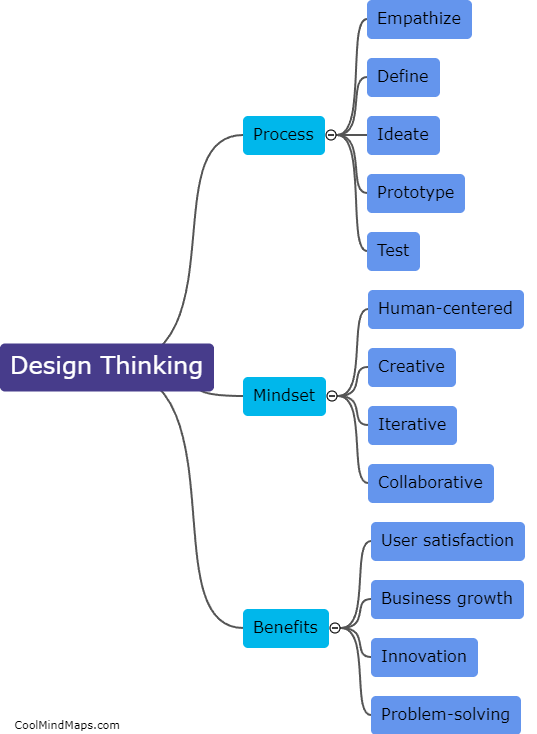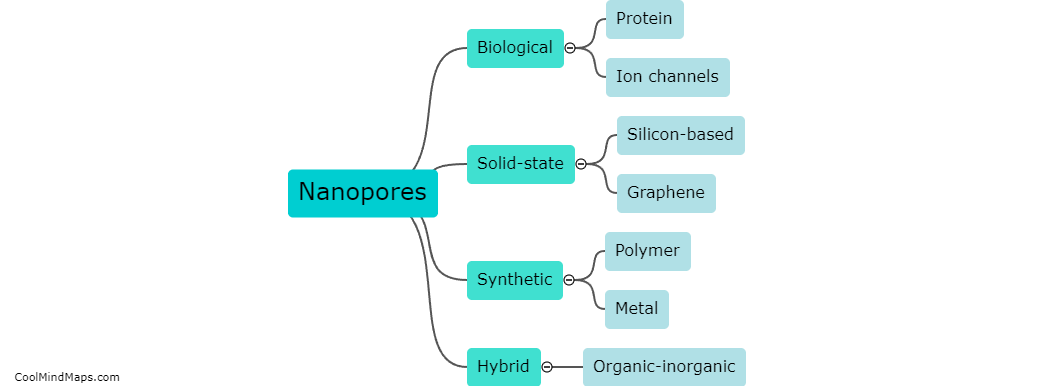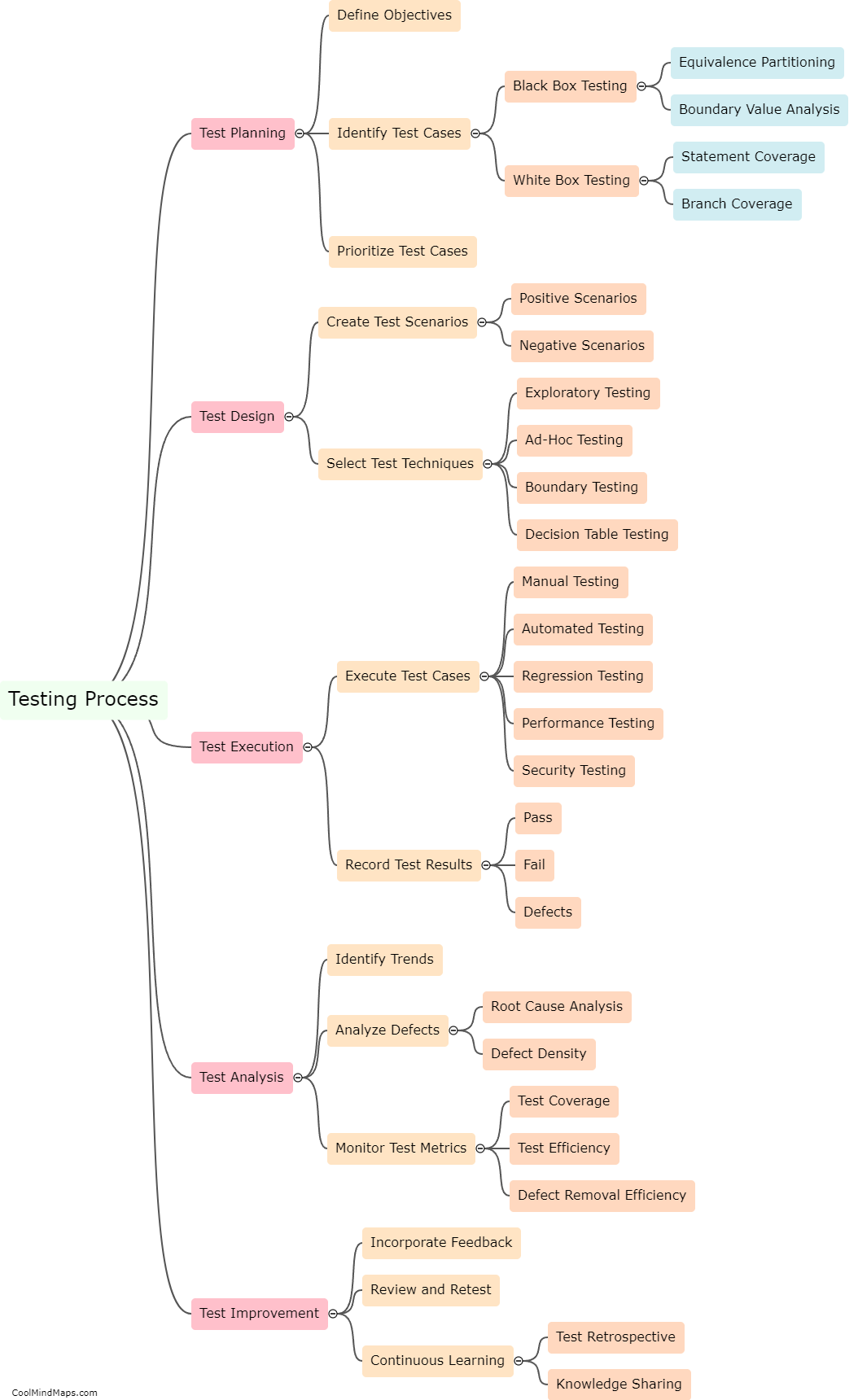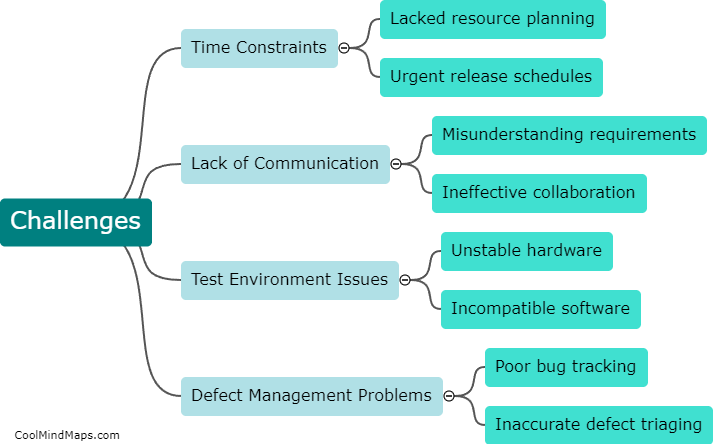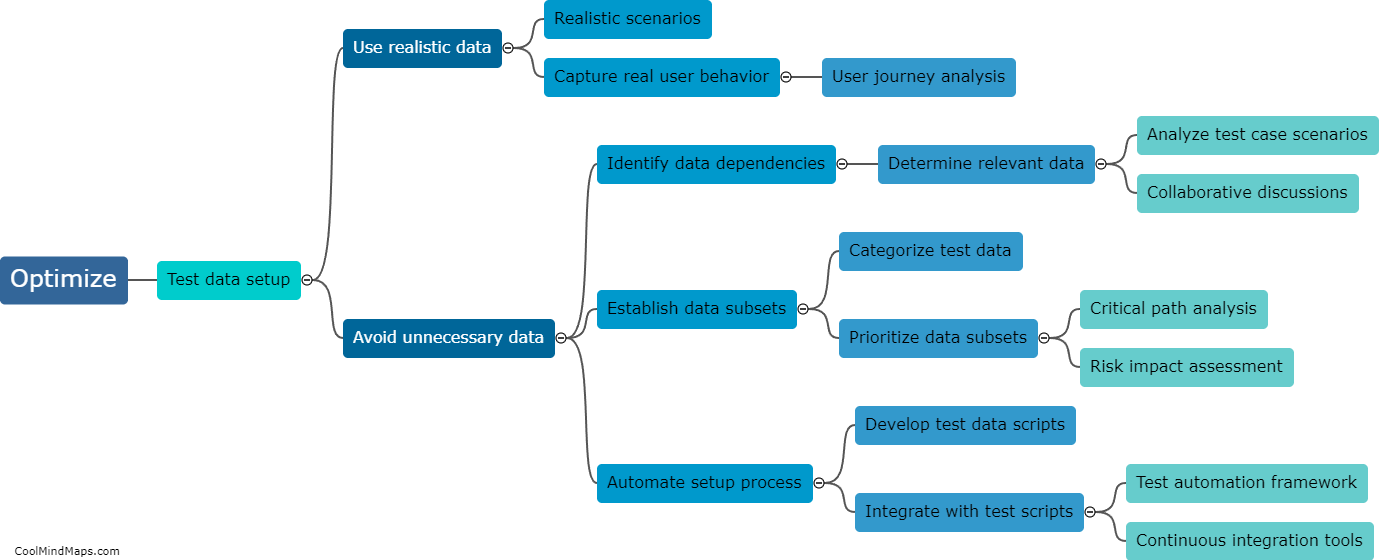What are the stages in solution engineering life cycle?
The solution engineering life cycle consists of several stages that are followed in the development and implementation of a solution. The first stage is the analysis and planning phase, where the problem is identified, requirements are gathered, and a proposed solution is outlined. The next stage is the design phase, where the solution is designed in detail, including system architecture, data models, and user interfaces. After that comes the development phase, where the solution is implemented and tested, involving coding, integration, and customization as necessary. Following development, the solution enters the deployment phase, where it is rolled out to users or clients, including installation, training, and documentation. Finally, the maintenance and support phase ensures the solution's ongoing stability and performance, including bug fixes, updates, and user support.

This mind map was published on 30 July 2023 and has been viewed 120 times.

